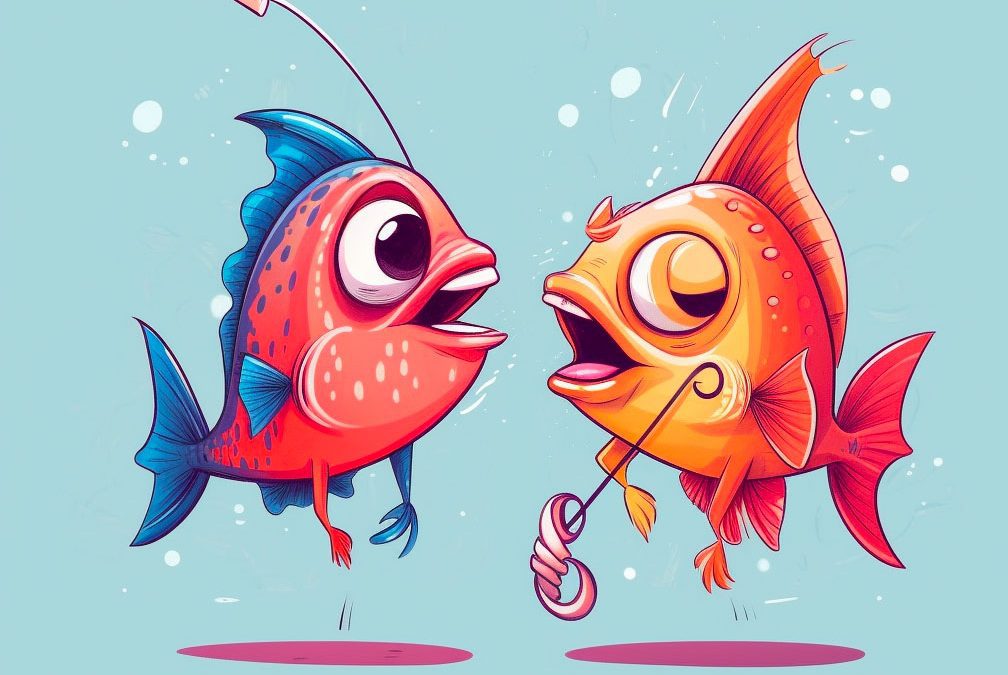When it comes to bass fishing, we all know that having the right gear and techniques can make a huge difference in your success. That’s where chatterbaits come in. These versatile lures are effective in all seasons, from winter to fall. But how do you know which ones to use and when? As an avid bass angler, I’ve spent countless hours using chatterbaits and exploring their effectiveness in various seasons. In this article, I’ll share what I’ve learned about using chatterbaits for bass in all seasons.
Winter
Winter fishing can be tough, with colder water temperatures making fish less active. But don’t be discouraged! Chatterbaits can be very effective in the winter.
When using Chatterbaits in the winter, your technique plays an important role. In winter, fish are less active and will not move as much. So, you need to slow down the retrieve of the Chatterbait a bit. A slower retrieve can give the fish time to take the bait. Another tip is to choose a bait that is smaller and more subtle. A 3/8-ounce Chatterbait with a smaller skirt is ideal for winter. As the fish may not be as aggressive in the cold water, the trailer you use with your Chatterbait can make a big difference. I’ve often found that using a smaller and softer trailer, like a plastic worm or crawdad, but with more subtle colours made all the difference. Finally, use a sharp hook. A sharp hook increases your chances of hooking the fish and getting a successful catch.
Location is also crucial when using Chatterbaits in winter. Bass often move to different locations trying to find the warmest water, food, and shelter. Some of the best places to look for bass in winter are open water, docks, drop-offs and ledges, and areas with vegetation. When fishing in open water, cast over points and ridges and retrieve the Chatterbait slowly. For docks, fish around the edges of the dock and retrieve the Chatterbait along the dock’s poles. Bass often use the structure of these docks for shelter. If fishing drop-offs and ledges, let the lure hit the bottom and retrieve it slowly for the best results. When fishing vegetation, cast your Chatterbait into the weed beds near the water’s edge, allowing it to sink and then retrieve.
Now for some tips to improve the effectiveness of your Chatterbait in winter. One trick that has worked well for me is to change up the Chatterbait’s colour. Fishing with natural colours is a good choice in winter, but I’ve found that switching to brighter colours can trigger a reaction from the fish. You can also add rattles to the Chatterbait. The rattle will produce more noise, which can attract the fish in murky water. For some extra scent, apply a small amount of scent to the lure. The scent will encourage the fish to hold on to the bait longer, giving you more time to set the hook. Lastly, try varying the retrieval speed and cadence of your Chatterbait. Sometimes slowing the retrieve, sometimes increasing the speed, and sometimes pausing the lure can make all the difference in your catch.
Using Chatterbaits in winter takes finesse, skill, and persistence, but with some practice, you can become an expert. Make sure you understand the different techniques and locations to use them effectively in winter. Experiment with your trailer, hook, and bait colour to find what works best for the fish in your chosen location. And don’t forget to have fun and adapt to the changing conditions.
When choosing a chatterbait for winter fishing, go for one with a smaller profile and a natural color such as brown or green. My personal favorite is the Z-Man Chatterbait Jack Hammer. Its compact size and unique blade design allow for a more subtle presentation that can trigger cold water bass to bite.
Pre Spawn
As spring approaches, I couldn’t wait for the bass to start moving back into the shallows to spawn. But with the pre spawn season comes the challenge of finding the perfect lure to tempt those big bass into biting. That’s when I discovered the magic of chatterbaits. In this article, I want to share with you some of my experiences and techniques for using chatterbaits in pre spawn for bass.
Now, let’s talk about some of the techniques I’ve found to be effective when using chatterbaits in pre spawn. One of the most important factors is the speed of your retrieve. You want to keep a steady medium to slow retrieve and incorporate light jerking movements to replicate the movements of a dying baitfish. This can help to entice those pre spawn bass into striking.
Now let’s talk about the best locations for using chatterbaits in pre spawn for bass. Shallow water areas with lots of vegetation are ideal, as these are the areas where bass will be moving into to spawn. Structures such as docks, rock piles, and laydowns are also great places to use chatterbaits, as bass will often hold around these areas while waiting for the perfect conditions to spawn.
When trying out chatterbaits in pre spawn for bass, timing is key. I’ve found the best time to use this lure is when the water temperature is between 50 and 60 degrees Fahrenheit. It’s also important to pay attention to weather and water conditions, as these can greatly affect the success of your fishing trip.
When choosing a chatterbait for pre spawn fishing, look for one with a more aggressive color pattern such as chartreuse or white. The Strike King Thunder Cricket is a great option for pre spawn fishing. Its vibrating jig head and unique blade design create a lifelike swimming action that can catch the attention of hungry bass.
Spawn
Are you looking to up your bass fishing game during the spawn season? Look no further than chatterbaits! These versatile lures can be a game changer when used correctly. In this article, I’ll be outlining some of the best techniques and locations to use chatterbaits when fishing for bass during the spawn.
Let’s start by talking about techniques. When using chatterbaits during the spawn, the key is to mimic baitfish and create a natural presentation. Varying your retrieve speed is essential to achieving this. Keep in mind that some bass are more aggressive than others, so it’s important to adjust your retrieve accordingly. Choosing the right trailer is also crucial for making your chatterbait look as natural as possible. Some popular options include soft plastic swimbaits or craw-style trailers, but experiment with different types to see what works best for you. Adding some color variety to your chatterbaits can also be useful when trying to mimic different types of forage. Lastly, your casting technique should vary with different targets, as you will want to create different patterns and movements.
Now, let’s move on to the best locations for using chatterbaits during spawn. You will want to identify regions of water with weed lines, shallow cover, or variation of water clarity. Bass love to bed down around vegetation, so be sure to check under lily pads and around stumps. Spawning beds are also popular spots for bass, so look for sandy or rocky areas with clear water, and focus on casting close to the bed. Again, pay attention to the movement of your lure when casting, as you want it to mimic natural prey.
When choosing a chatterbait for spawn fishing, go for one with a more natural color such as brown or black. The Jackall Firecracker is a versatile option that can be rigged with a soft plastic trailer to mimic a crawfish or a baitfish. This can make it more tempting to bass during the spawn.
In conclusion, chatterbaits can be a game changer during the spawn season. Proper techniques and locations are key, and experimentation is crucial when finding what works best for you. Be sure to bring the right equipment, and stay adaptable to changing conditions. Happy fishing!
Post Spawn
I’ve found that using chatterbaits can be extremely effective during this time. Here are some techniques and locations that have worked well for me when using chatterbaits during post spawn for bass.
Chatterbaits are designed to look like a swimming, injured baitfish when reeled in. This movement is what makes them so effective for attracting post spawn bass. When water temperatures start to rise, post spawn bass will start to feed more aggressively and chatterbaits are the perfect option to take advantage of this.
When it comes to technique, I’ve found that a slow rolled retrieve works wonders. This means that you slowly reel in the bait in a straight line. This gives off a natural and consistent movement that appeals to bass.
Another technique that works well for me is an erratic retrieve. This involves a combination of jerks and pauses in between reeling in the bait. This technique appeals to more aggressive post spawn bass that are willing to chase after their prey.
It’s also important to try to mimic the movement of baitfish when using chatterbaits. Another option is using a popping technique where you jerk your rod tip upwards sharply to create a popping sound. This sound mimics the sounds of hungry baitfish trying to escape capture. Whatever technique you choose, make sure to stay alert as the strikes can be explosive and frantic!
When it comes to location, I’ve found that shallow water areas work best for me. This includes areas close to shore, shallow bays and flats. Another location where chatterbaits have worked well for me is in weed and vegetation. They are designed to move through vegetation and weeds, so they can be a great bait for post spawn bass that are hiding in these areas.
Docks and wood have also been productive locations for me. These areas provide cover and shade which post spawn bass use to cool down and avoid direct sunlight.
To wrap it all up, using chatterbaits during post spawn for bass can be really effective when you use the right techniques and target the right locations. Don’t be afraid to experiment with different techniques and locations to find what works best for you. Post spawn can be a challenging time for anglers, but with the right bait and strategy, you can still snag your next big catch with ease!
Summer
During the summer, bass tend to feed more aggressively, making chatterbaits an effective tool for attracting their attention.
Now, let’s delve into the techniques when using chatterbaits during the summer season. One technique is slow-rolling, where you reel in the lure at a steady pace, allowing the chatterbait’s blade to create vibrations that mimic the movement of a swimming fish. A steady retrieve is another technique that involves simply reeling in the lure at a steady speed.
For a more erratic movement, try the stop and go method where you bring the chatterbait to a stop, then reel it in again, repeating the process. Lastly, the burn and kill technique involves retrieving the lure quickly and then pausing it, letting it sink briefly, before repeating the process.
Now, it’s time to talk about locations for using chatterbaits during the summer season. Shallow water is a great location to try out chatterbaits, as bass tend to hang out near the surface. Weed beds are another location where chatterbaits can be effective, as these lures can be retrieved through thick vegetation without getting stuck.
Ledges and drop-offs are perfect locations to try slow-rolling, as the sudden depth changes can trigger the bass to strike. Lastly, try fishing in creeks and river channels, as the heavy currents and debris often attract bass to those areas.
When it comes to using chatterbaits during the summer season, there are a few tips and tricks up my sleeve. Firstly, it’s important to choose the right type of chatterbait, depending on the water and weather conditions. A rod and reel with a fast retrieve ratio can also be helpful, especially when using the burn and kill technique.
I also find that bright, flashy colors tend to work best during the summer. Lastly, don’t forget to pair your chatterbait with a trailer, such as a soft plastic grub or worm, to add some extra attraction.
In conclusion, using chatterbaits during the summer season can be a game-changer for bass fishing. By implementing these techniques and targeting the right locations, you’ll be sure to reel in a big catch. So, grab your gear and get ready for an exciting and fruitful summer on the water!
Fall
As the weather starts to cool down, bass begin to feed more heavily in preparation for winter. This makes fall fishing a great time to use chatterbaits. They can be effective in shallow or deep water.
Llet’s dive into some Chatterbait techniques for Fall. One technique is the slow retrieve. This technique involves casting your Chatterbait near a structure and slowly reeling it in with small twitches of your rod. Another technique is the fast retrieve. This happens when you cast your Chatterbait towards open water and quickly reel it back in. Finally, the vertical technique is to drop your Chatterbait in deeper water and lift it up and down. It mimics a dying baitfish and attracts the Bass.
Next, let’s talk about the best locations for Chatterbait fishing in Fall. Water structures like laydowns, docks, and rocks are perfect spots for Bass to hide and ambush prey. Try casting your Chatterbait near or around these structures, and you might be surprised at the results. Remember to approach each spot with caution, so you don’t spook the fish.
When choosing a chatterbait for fall fishing, look for one with a more natural color such as green or brown.
In conclusion, Chatterbaits can be a great tool to use when fishing for Bass in Fall. Remember to use different techniques, approach the right locations, use proper gear, and avoid common mistakes. It’s important to remain patient and have fun while fishing! I hope you found this article helpful, and happy fishing!
Conclusion
In conclusion, chatterbaits can be incredibly effective in all seasons when used properly. By choosing the right color, size, and presentation, you can increase your chances of catching more bass. Don’t be afraid to experiment with different types of chatterbaits until you find what works best for you. Happy fishing!
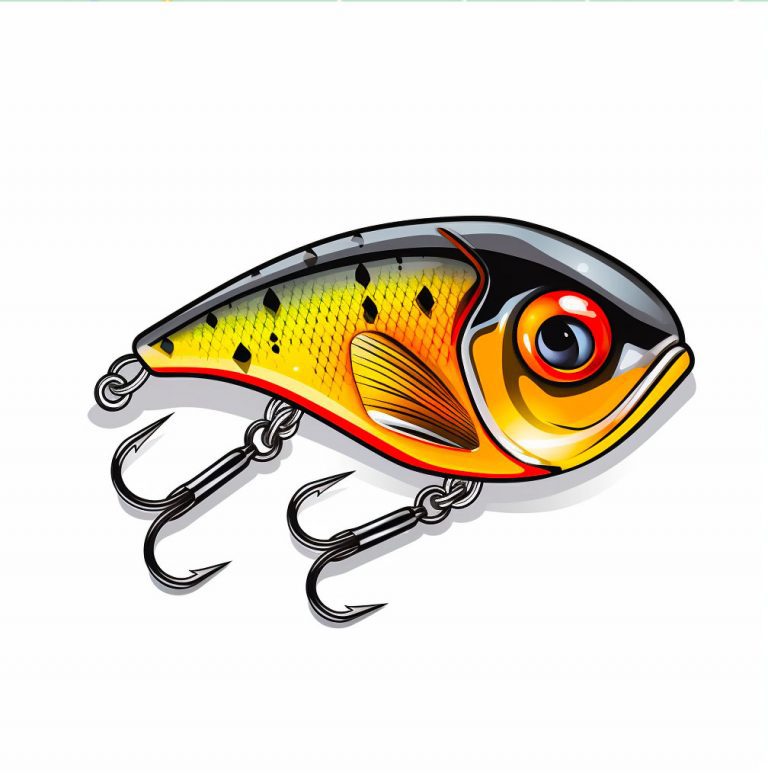
Crankbait Bass Fishing: A Comprehensive Guide
As a seasoned bass fisherman, I have tried countless techniques and lures over the years. However, crankbait fishing has always been one of my favorite methods for catching bass. With the right technique and equipment, crankbaits can be incredibly effective in luring in those elusive and trophy-worthy fish. In this comprehensive guide, I will share […]
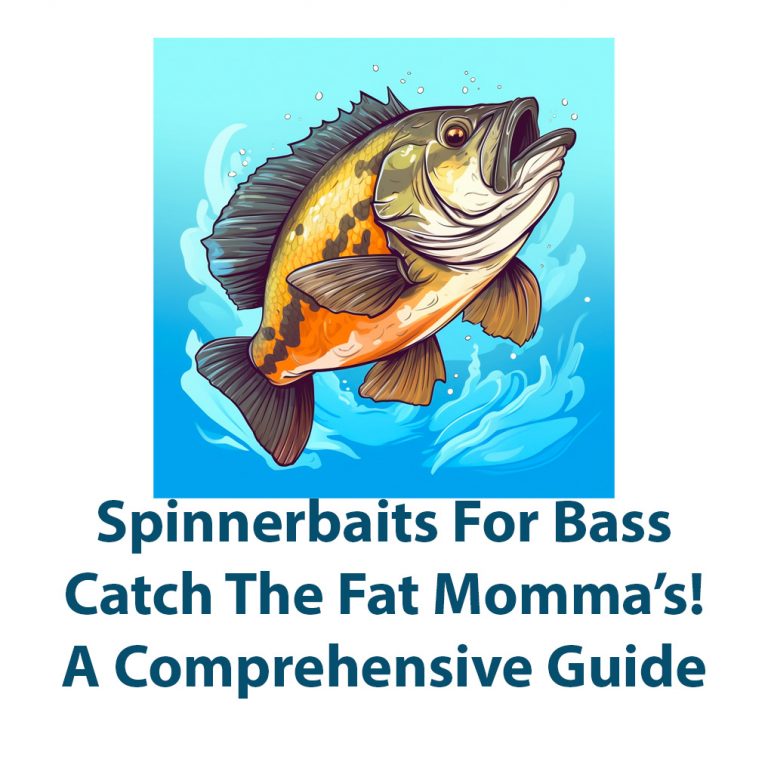
Spinnerbaits For Bass: Catch The Big Momma’s!
Greetings, fellow fisherman. Today, I want to discuss the spinnerbait, which is a crucial piece of equipment for any bass fisherman. This article is for you if you want to expand your toolkit with a new technique or if you want to try spinnerbaits for the first time. I can vouch for the adaptability and […]

Big Worms For Bass
Fishing big worms for bass – it may not be the first thing that comes to mind when you think of bass fishing, but it’s a technique that can be incredibly effective in all seasons of the year. As a passionate angler, I’ve had my fair share of ups and downs when it comes to […]

Alabama Rig For Bass: Find Big Bass Fast
Introduction Hey everyone! Nothing nearly compares to the rush of an Alabama rig strike for an avid fisherman. It’s a challenge that calls for accuracy, good fortune, and a ton of patience. If you’ve ever used an Alabama rig, you know what I’m talking about; it’s a remarkably successful method for catching bass. But pay […]
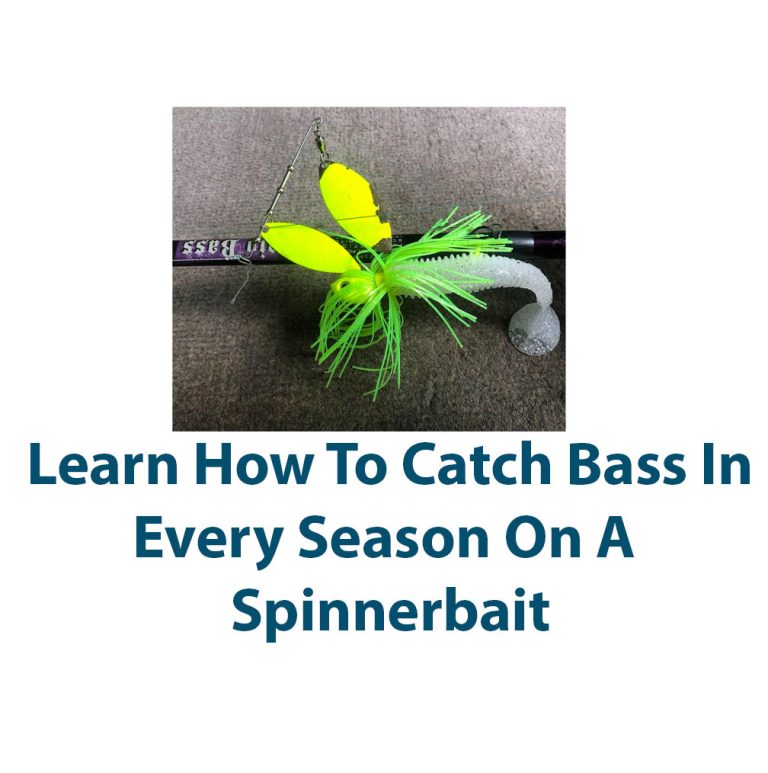
Catch Bass In All Seasons On A Spinnerbait
Introduction Hello and welcome to my tutorial on using spinnerbaits to capture bass throughout the year. I’ve spent countless hours as an avid angler honing my skills and discovering new strategies to capture more fish. Since I can remember, spinnerbaits have been a mainstay in my tackle box, and for good reason. They are adaptable […]
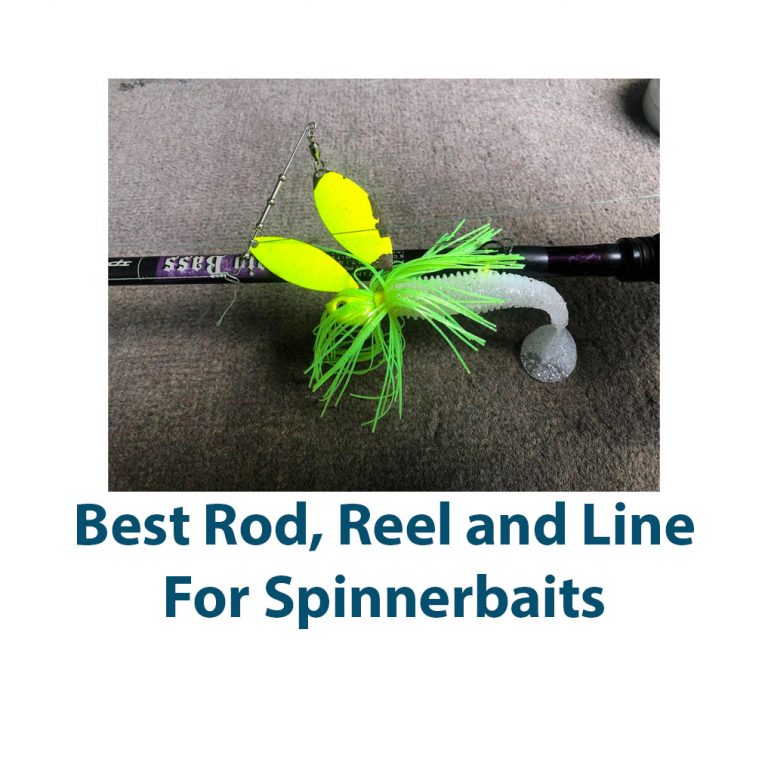
Best Rod, Reel and Line For Spinnerbaits
Introduction: Fishing is one of my favorite pastimes, and I’m sure it is for many of you as well. However, catching fish is not always easy. It requires not only patience and skill but also the right gear. When it comes to spinnerbaits, choosing the best rod, reel, and line is critical to your success. […]

